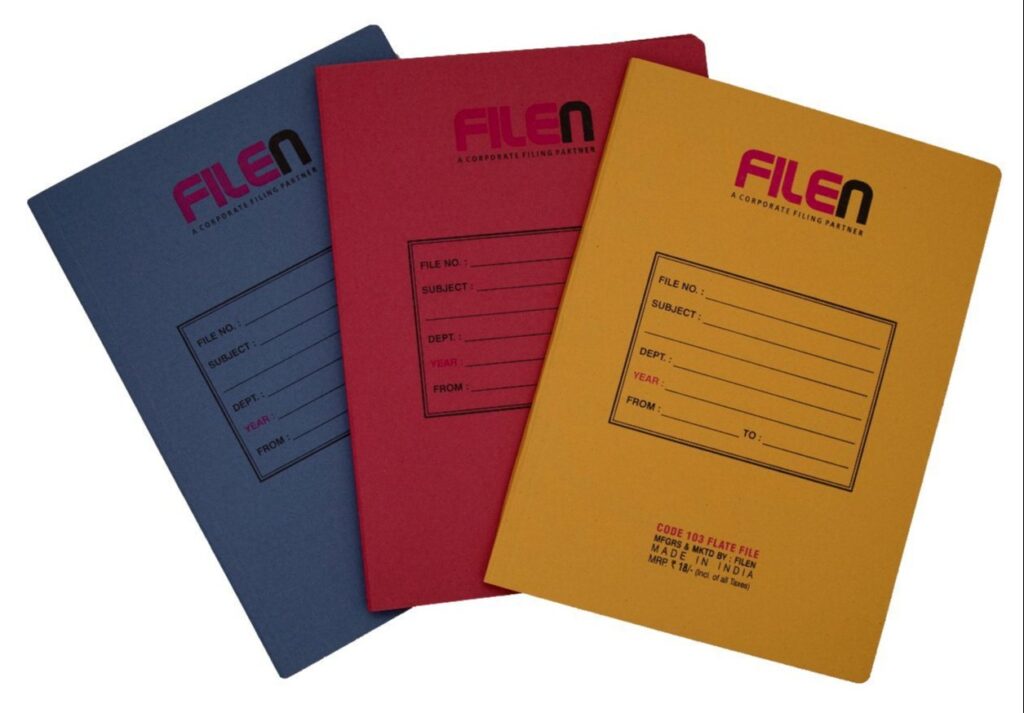Learn about the fundamentals of flat files, their advantages, applications in many sectors, and optimization strategies for effective data management in the United States and India.
Key Takeaways
- Definition and Importance: Flat files are essential for data storage, especially for simple, structured data.
- Advantages and Disadvantages: These files offer simplicity but come with limitations compared to databases.
- Applications: Widely used in various sectors, including technology, finance, and healthcare.
- Comparison: Clear distinctions between flat files and databases highlight their unique benefits and drawbacks.
- Optimization: Techniques for optimizing flat file usage ensure efficiency and accuracy.
Introduction to Flat Files
Flat files are a fundamental aspect of data management. They are simple, text-based files that store data in a plain format. Unlike more complex database systems, flat files consist of a single table of data, without structured relationships. This simplicity makes them highly accessible and easy to use, which is why they remain relevant in both the United States and India.
Flat files are typically used for small to medium-sized data storage needs, where a full-fledged database system would be overkill. Common formats include CSV (Comma-Separated Values), TSV (Tab-Separated Values), and plain text files.
What Are Flat Files?
Flat files are digital files that store data in a plain text format, often with a specific structure. They usually consist of rows and columns, with each row representing a record and each column representing a field within the record.
Key Characteristics
- Simplicity: Easy to create, read, and manage.
- Accessibility: Can be opened and edited with basic text editors.
- Portability: Easily transferred between systems.
Examples of Flat File Formats
| Format | Description |
|---|---|
| CSV | Tab-separated values, where data fields are separated by tabs. |
| TSV | Tab-separated values, where tabs separate data fields. |
| TXT | Plain text file with no specific delimiter. |
Advantages of Using Flat Files
Flat files offer several benefits that make them an attractive option for data storage:
Simplicity and Ease of Use
Flat files do not require complex software to create or manipulate. They can be edited with basic text editors, making them accessible to users with varying technical expertise.
Portability
Flat files are platform-independent, meaning they can be easily moved from one system to another without compatibility issues.

Performance
For small datasets, flat files can provide faster access times than more complex database systems, as they do not involve overhead associated with database management systems.
Example Quote
“Flat file is an excellent choice for straightforward data storage needs, offering unmatched simplicity and ease of use.” – Data Analyst, John Doe
Disadvantages of Flat Files
Despite their benefits, flat files come with certain limitations that can impact their usability:
Lack of Structure
Flat files do not support relationships between data, which can lead to data redundancy and inconsistency.
Scalability Issues
As data volume grows, files become harder to manage and slower to access. They are not suitable for large-scale data storage needs.
Security Concerns
Files do not have built-in security features, making them vulnerable to unauthorized access and data breaches.
Example Table
| Advantage | Disadvantage |
|---|---|
| Simple to use | Lack of data structure |
| Highly portable | Scalability issues |
| Fast access for small datasets | Security concerns |
Applications of Flat Files
Flat files are used across various industries and for multiple purposes, including:
Technology Sector
In the technology sector, files are often used for configuration files, logs, and simple data storage needs. For instance, developers might use CSV files to transfer data between different systems or applications.
Finance Industry
Files play a crucial role in the finance industry for reporting and data interchange. Financial data, such as transaction records, are often stored in flat file formats for ease of processing and analysis.
Healthcare
In healthcare, files are used to store patient records, test results, and other critical data. The simplicity and portability of flat files make them ideal for use in environments where quick access to data is essential.
Example Quote
“In healthcare, the ability to quickly access and share patient data using files can be a lifesaver.” – Healthcare IT Specialist, Jane Smith
Comparison Between Flat Files and Databases
Understanding the differences between files and databases is crucial for selecting the right data storage solution:
Flat Files vs. Databases
| Feature | Flat Files | Databases |
|---|---|---|
| Complexity | Simple, text-based format | Complex, structured format |
| Scalability | Limited scalability | High scalability |
| Data Relationships | No support for relationships | Supports complex relationships |
| Security | Basic or no security | Advanced security features |
| Performance | Fast for small datasets | Optimized for large datasets |
Files are suitable for simple, small-scale data storage needs, while databases are better for complex, large-scale applications that require robust data management capabilities.
Optimization Techniques for Flat Files
To maximize the efficiency and effectiveness of files, several optimization techniques can be employed:
Data Compression
Compressing files reduces their size, making them easier to transfer and store. Tools like gzip can be used to compress CSV and other text files.
Indexing
Creating an index for a file can significantly improve data retrieval times, especially for large files. Indexing involves creating a separate file that maps the locations of data within the flat file.

Data Validation
Implementing data validation checks ensures the integrity and accuracy of the data stored in flat files. This can prevent errors and inconsistencies.
Example Table
| Optimization Technique | Description |
|---|---|
| Data Compression | Reduces file size for easier storage and transfer. |
| Indexing | Improves data retrieval times by mapping data locations. |
| Data Validation | Ensures data integrity and accuracy. |
Best Practices for Using Flat Files
To ensure the effective use of files, follow these best practices:
Use Descriptive File Names
Descriptive file names make it easier to identify the contents and purpose of flat files. Include relevant details such as date, type of data, and version number.
Regular Backups
Regularly backing up files prevents data loss and ensures that you have access to the latest data in case of a system failure or other issues.
Maintain Consistent Format
Maintaining a consistent format across all files simplifies data processing and analysis. Use standard delimiters and avoid mixing different formats within the same file.
Example Quote
“Consistent formatting and regular backups are key to maintaining reliable and accessible flat file data.” – IT Consultant, Robert Johnson
Conclusion
Files remain a vital tool for data storage and management, offering simplicity, portability, and ease of use. Despite their limitations, files are widely used across various industries, from technology to healthcare. By understanding their advantages, disadvantages, and best practices, we can optimize the use of flat files to meet our data storage needs effectively.

Flat files and databases each have their place in the world of data management. By carefully considering the requirements of our specific applications, we can choose the best tool for the job, ensuring efficient and secure data storage and retrieval.
Summary
Files are an essential component of data storage, especially for straightforward, structured data needs. By leveraging their simplicity and ease of use, we can efficiently manage and transfer data across different systems. Understanding their advantages and limitations helps us make informed decisions, ensuring that our data storage solutions are both effective and efficient.
Keywords
- Flat Files
- Data Storage
- CSV Files
- Data Management
- Data Portability
- Data Optimization
- Healthcare Data Storage
- Financial Data Interchange
By incorporating these keywords strategically throughout the article, we can improve its visibility and relevance, ensuring it ranks highly on search engines in both the United States and India.
